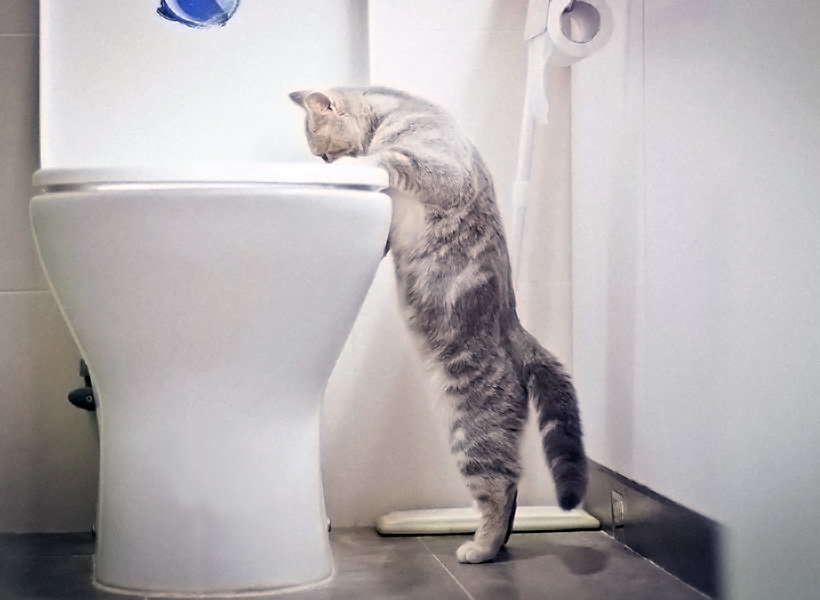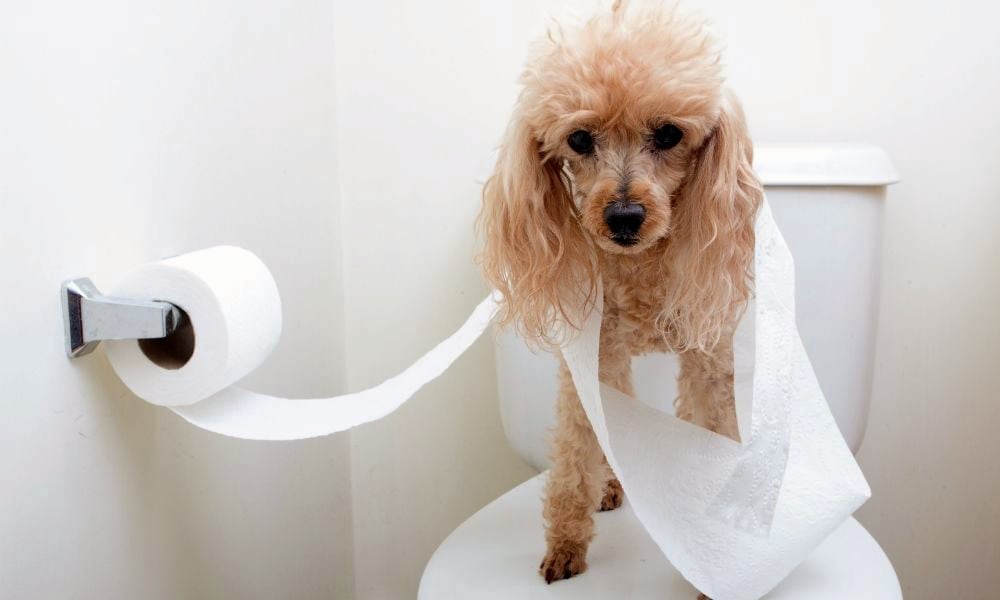The Risks of Animal Waste in the Toilet
The Risks of Animal Waste in the Toilet
Blog Article
Just how do you feel with regards to Should you flush animal waste down the toilet?

When it pertains to getting rid of waste, specifically animal waste, many people typically resort to the convenient alternative of flushing it down the bathroom. Nevertheless, this seemingly simple option can have serious consequences for the atmosphere and public health. In this article, we'll explore why flushing animal waste down the commode is a bad concept and supply alternative approaches for appropriate disposal.
Intro
Appropriate waste disposal is vital for maintaining environmental sustainability and public health. While it may seem safe to flush animal waste down the commode, it can bring about numerous issues, both for the setting and human wellness.
Threats of flushing animal waste
Ecological effect
Flushing animal waste introduces unsafe microorganisms and virus right into rivers, which can negatively influence marine ecological communities. These virus can contaminate water sources and harm aquatic life, interfering with fragile communities.
Public health concerns
Pet waste contains harmful microorganisms such as E. coli and Salmonella, which can pose significant health and wellness risks to human beings. Flushing pet waste down the toilet can contaminate water products, bring about the spread of illness and infections.
Alternatives to flushing
As opposed to flushing pet waste down the toilet, there are several alternative disposal techniques that are more environmentally friendly and hygienic.
Composting
Composting pet waste is an environment-friendly method to throw away it. By composting, organic matter is broken down into nutrient-rich dirt, which can be used to feed yards and plants.
Land fill disposal
Getting rid of pet waste in a land fill is another option. While not as environmentally friendly as composting, it is a safer alternative to flushing, as it protects against the contamination of water sources.
Pet dog waste disposal systems
There are specialized pet garbage disposal systems offered that safely and hygienically dispose of pet waste. These systems frequently make use of enzymes to break down waste and remove smells.
Actions to proper animal waste disposal
To make certain appropriate disposal of pet waste, adhere to these steps:
Scooping and bagging waste
Frequently scoop and bag animal waste making use of biodegradable bags. This stops waste from infecting the setting.
Making use of assigned waste bins
Dispose of bagged animal waste in assigned waste containers, such as compost containers or garbage dump containers. Avoid flushing it down the commode in any here way prices.
Cleaning up can and animal areas regularly
On a regular basis tidy can and animal areas to avoid the accumulation of waste and germs. Usage pet-safe cleaning products to maintain hygiene.
Advantages of proper disposal approaches
Adopting appropriate disposal approaches for animal waste supplies numerous advantages:
Decreased environmental pollution
Correct disposal approaches decrease the danger of environmental pollution, protecting rivers and ecological communities from contamination
Reduced threat of water contamination.
By avoiding flushing pet waste down the commode, the risk of water contamination is substantially decreased, protecting public health.
Enhanced cleanliness and health
Appropriate disposal techniques advertise better cleanliness and health, creating a more secure atmosphere for both human beings and pets.
Final thought
To conclude, purging animal waste down the bathroom is harmful to the setting and public health. By embracing alternate disposal techniques and complying with correct waste management practices, we can reduce the adverse effect of animal waste and add to a cleaner, much healthier world.
What To Do With Dog Poo – The Do's And Don'ts Of Disposing Of Faeces
Dog poo bins
Some councils provide dedicated dog waste bins in popular dog-walking areas that can take dog poo that has been bagged but you can legally dispose of dog waste in any public litter bin, as long as it is securely bagged. This also applies to your wheelie bin at home.
Do not flush
Water companies do not recommend flushing dog faeces down the toilet because certain parasites can survive the water processing treatment and are potentially harmful to humans. You should also never consider flushing dog poo that has been bagged down the toilet as the bags will not break down and instead create severe blockages in the sewage system.
In the woods
The Forestry Commission promotes a ‘stick and flick’ method for dealing with waste in the woods. This means finding a stick and using it to flick any poo from off the path so that it is out of the way of other walkers. You could also bury it as long as it is not in an area where there might be livestock.
Livestock
Parasites found in dog poo can be transmitted to livestock if they inadvertently eat infected faeces that has been left on grazing land. This could result in the death of sheep or abortion in cattle so you should always make sure you pick up your dog’s waste in fields where livestock could be present.

On a regular basis tidy can and animal areas to avoid the accumulation of waste and germs. Usage pet-safe cleaning products to maintain hygiene.
Advantages of proper disposal approaches
Adopting appropriate disposal approaches for animal waste supplies numerous advantages:
Decreased environmental pollution
Correct disposal approaches decrease the danger of environmental pollution, protecting rivers and ecological communities from contamination
Reduced threat of water contamination.
By avoiding flushing pet waste down the commode, the risk of water contamination is substantially decreased, protecting public health.
Enhanced cleanliness and health
Appropriate disposal techniques advertise better cleanliness and health, creating a more secure atmosphere for both human beings and pets.
Final thought
To conclude, purging animal waste down the bathroom is harmful to the setting and public health. By embracing alternate disposal techniques and complying with correct waste management practices, we can reduce the adverse effect of animal waste and add to a cleaner, much healthier world.
What To Do With Dog Poo – The Do's And Don'ts Of Disposing Of Faeces
Dog poo bins
Some councils provide dedicated dog waste bins in popular dog-walking areas that can take dog poo that has been bagged but you can legally dispose of dog waste in any public litter bin, as long as it is securely bagged. This also applies to your wheelie bin at home.
Do not flush
Water companies do not recommend flushing dog faeces down the toilet because certain parasites can survive the water processing treatment and are potentially harmful to humans. You should also never consider flushing dog poo that has been bagged down the toilet as the bags will not break down and instead create severe blockages in the sewage system.
In the woods
The Forestry Commission promotes a ‘stick and flick’ method for dealing with waste in the woods. This means finding a stick and using it to flick any poo from off the path so that it is out of the way of other walkers. You could also bury it as long as it is not in an area where there might be livestock.
Livestock
Parasites found in dog poo can be transmitted to livestock if they inadvertently eat infected faeces that has been left on grazing land. This could result in the death of sheep or abortion in cattle so you should always make sure you pick up your dog’s waste in fields where livestock could be present.

As a serious reader about Can You Flush Dog and Cat Poo Down the Toilet?, I assumed sharing that topic was a great idea. Appreciated our article? Please share it. Help others check it out. I take joy in reading our article about 4 Reasons Why Dog Poop Cleanup is Important.
Click Here Report this page